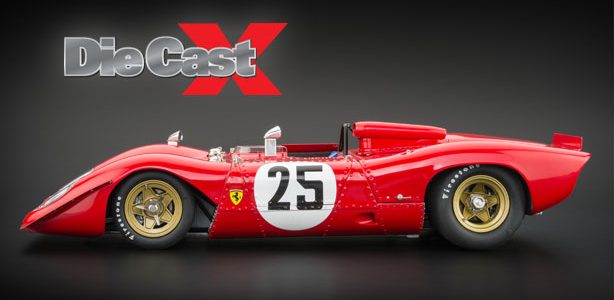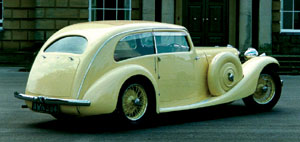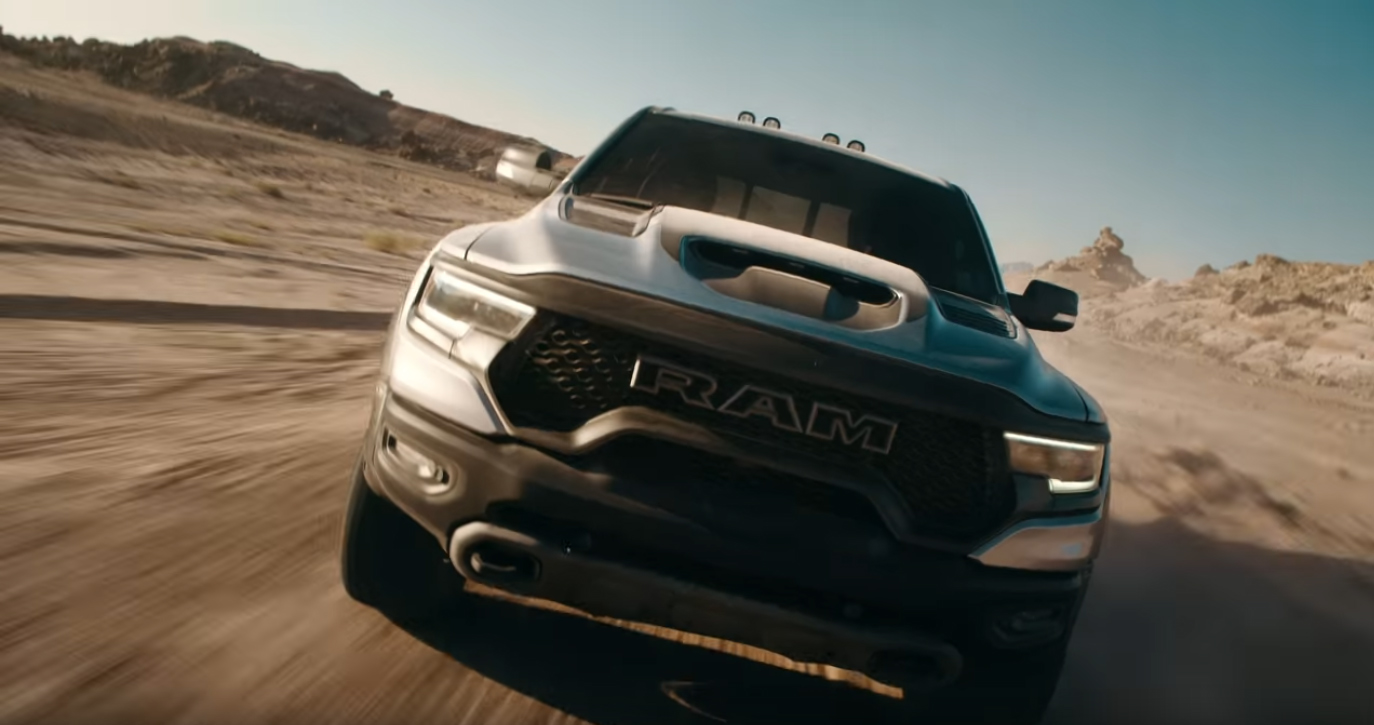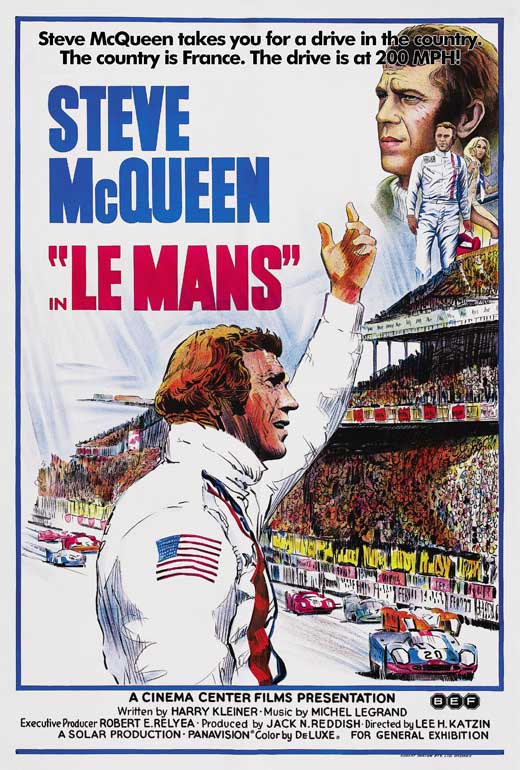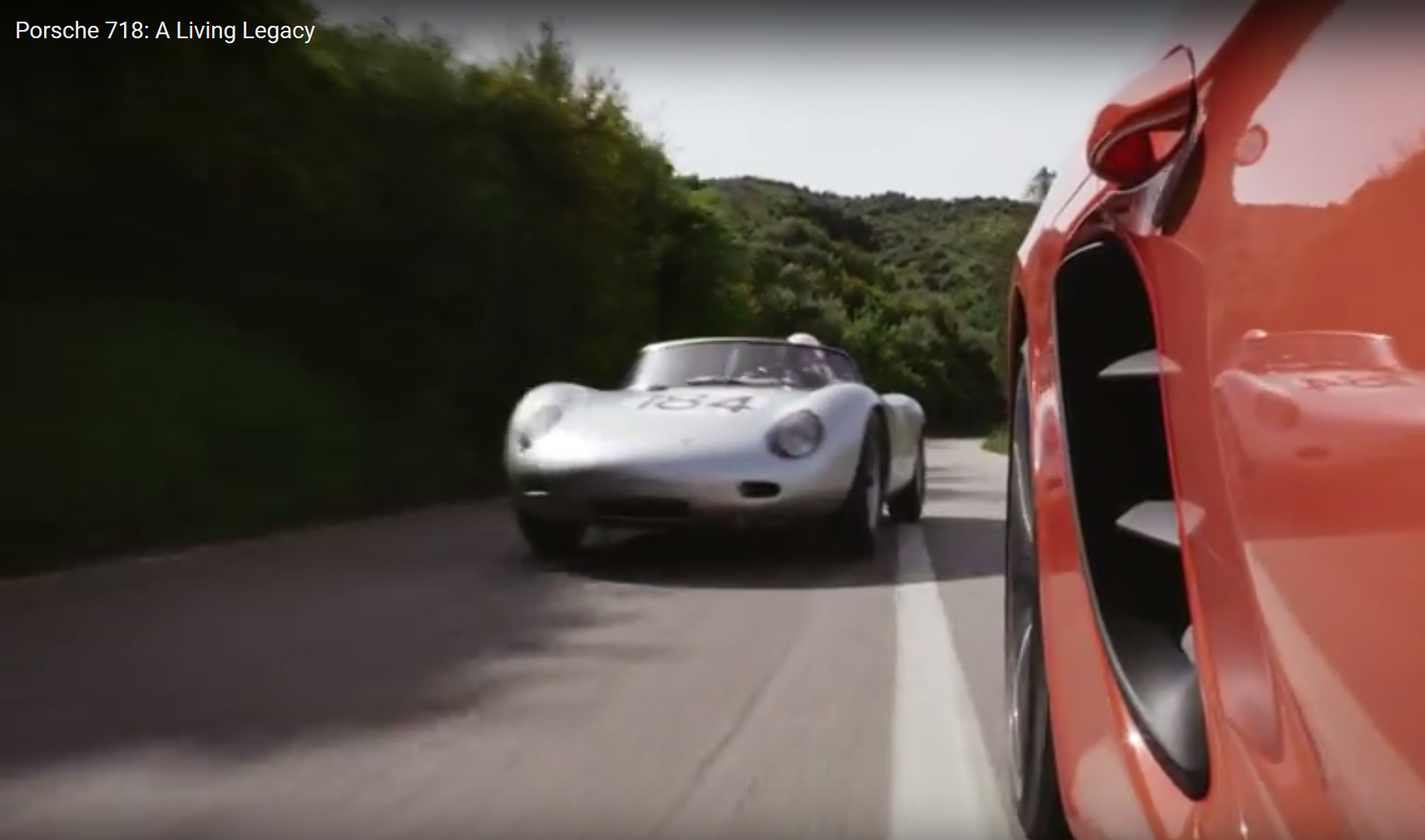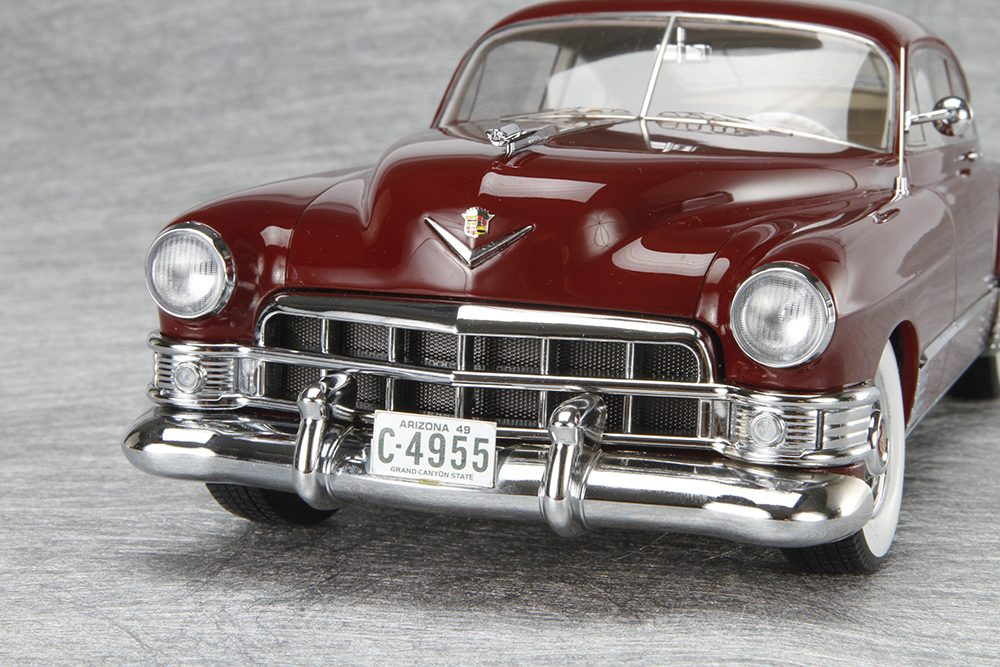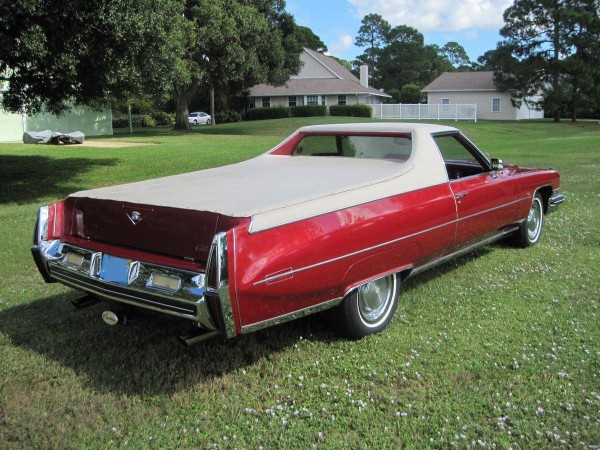by Alan Paradise | Photos Courtesy of Ford, DaimlerChrysler and General Motors archives
The Gilded Age of Automotive
A Decade of Change
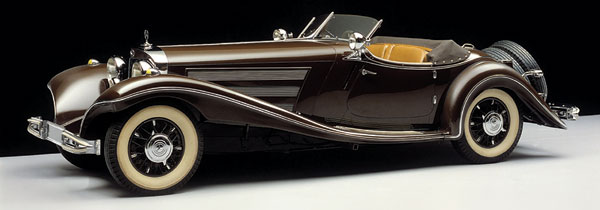 |
Americas Gilded Agethe years prior to the passing of the 16th Amendment to the American Constitution that established a personal income taxwas an era of massive excess in the U.S. A handful of great industrialists became historical icons and collectively held close to 90 percent of the nations private wealth. Families such as the Astors, Carnegies, Vanderbilts, Rockefellers and Morgans amassed huge fortunes and spent money at a rate like no other in history. Monuments to this excess can be seen in 50,000-square-foot homes in New York City as well as summer cottages in Newport, Rhode Island, that would cost in excess of a billion dollars if such mansions were constructed today. Despite the Depression of 1893 and the Spanish-American War (1898-1901), the barons of industry spent huge sums adorning beauty with elaborate decorationthus, the attachment of the term gilding as foreseen in Mark Twains book released in 1873 that commentated on the overtly showy and ultimately corrupt manner in which the privileged few industrialized America.
One industrialist that bucked the trend was Henry Ford, earning his wealth long after Morgan (steel), Rockefeller (oil), Astor (real estate), Vanderbilt (railroads) and Carnegie (steel). Fords contribution to the advancement of the country was personal transportationthe mass-produced automobile. What Ford started, others continued. Before long, the Roaring 20s were rolling on new names such as Chevrolet, Firestone, Cadillac and Goodyear. During this time, simple, easy-to-operate, cheap-to-buy automobiles were the norm. Slowly, throughout the decade, advancements in ride quality, engine power and passenger luxury crept into the standard automobile. By the time of the stock market crash in 1929, the auto industry had created the great social equalizer.
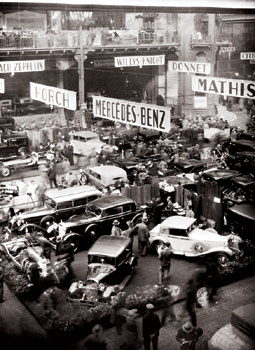 The 1931 Paris Autoshow ushered in the age of the Mercedes-Benz K era. Two years later the first 380K was delivered. |
The Next Gilded Age
Few consider the 1930s a decade of excessa little thing called The Great Depression cured that; however, 1929 to 1941 was, a period of unparallelled automotive change. While Ford and Chevrolet did their best to survive a 50-percent drop in sales during the Depression, Packard, Lincoln, Cadillac and Chrysler were marching forward to an entirely different drummer. By 1933, automakers were cutting costs and dropping prices. Despite sagging sales and deepening economic woes, luxury brands continued to get even more opulent and ostentatious than they had been in the late 1920s.
It was during the 1930s that the love of big, beautiful road kings became ingrained in our social fabric. While most of us had not yet been born, to our fathers, Cadillac, Lincoln, Duesenberg, Packard and Stutz models symbolized prestige and statusthe cars of kings, heads of state and movie stars. Cars with long, sweeping fenders, massive hoods, giant engines, elaborate adornments and exotic names captured the imagination of the nationmuch the same way Ferrari and Lamborghini attract todays youth. These cars have become iconic objects of desire for generations. Even Fords, Chevys and Plymouths command premium prices.
What has made automobiles from this era so intriguing is the evolution in both technology and fashion. At the beginning of the decade, working-class cars featured exteriors dominated by flat radiators surrounded by chrome shells. Body shapes were basic and squared with headlights perched on cross bars that spanned from fender to fender. Windshields were also flat and upright and nearly all coupe and sedan roofs had wooden ribs covered with canvas. Engines were primarily inline-four-cylinder units. In sharp contrast, upper-end cars, such as Auburns Eight-98 Speedster and the Pierce-Arrow 12, began to test the limits of artistic styling as well as engine size, offering engines that delivered more than 100 horsepower. Cadillac pumped up the power with early V-12 and V-16 engines while rival
Lincoln introduced its own V-12 in 1932. Across the Atlantic, Rolls-Royce offered a 165-horsepower V-12 in the 1935 Phantom III. To put these power advancements into perspective, the highly touted 1932-34 Ford Flathead V-8 engine produced 65 horsepower.



